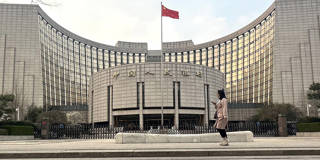
China’s Commitment to Constant Adaptation and Structural Transformation
Confronting supply shocks and weakening aggregate demand, Chinese policymakers are faced with the tricky task of encouraging consumer spending without further inflating the real-estate-market bubble. Their response has been to pursue policies to expand domestic demand while simultaneously doubling down on structural reforms.
SHANGHAI – In the wake of China’s exit from its zero-COVID strategy, the government has recognized the need to address the economic risks arising not only from supply shocks but from weakening aggregate demand. Doing so will require a shift in macroeconomic policy, which previously focused more on the supply side.